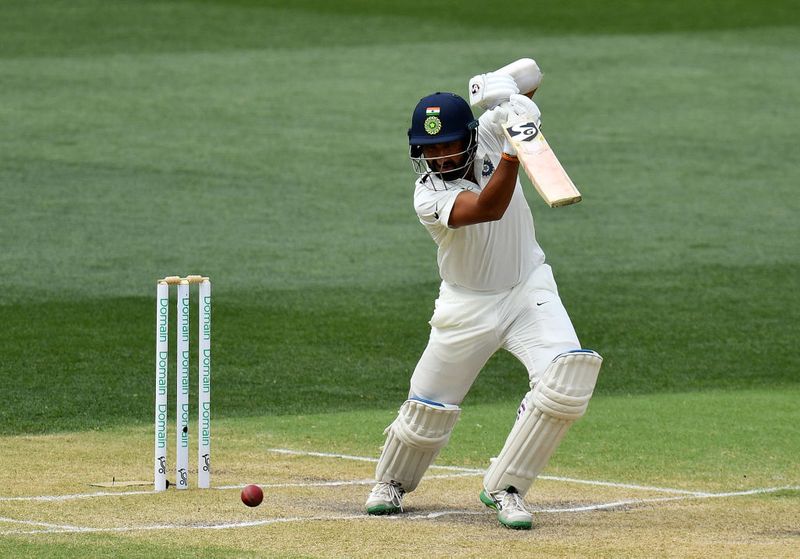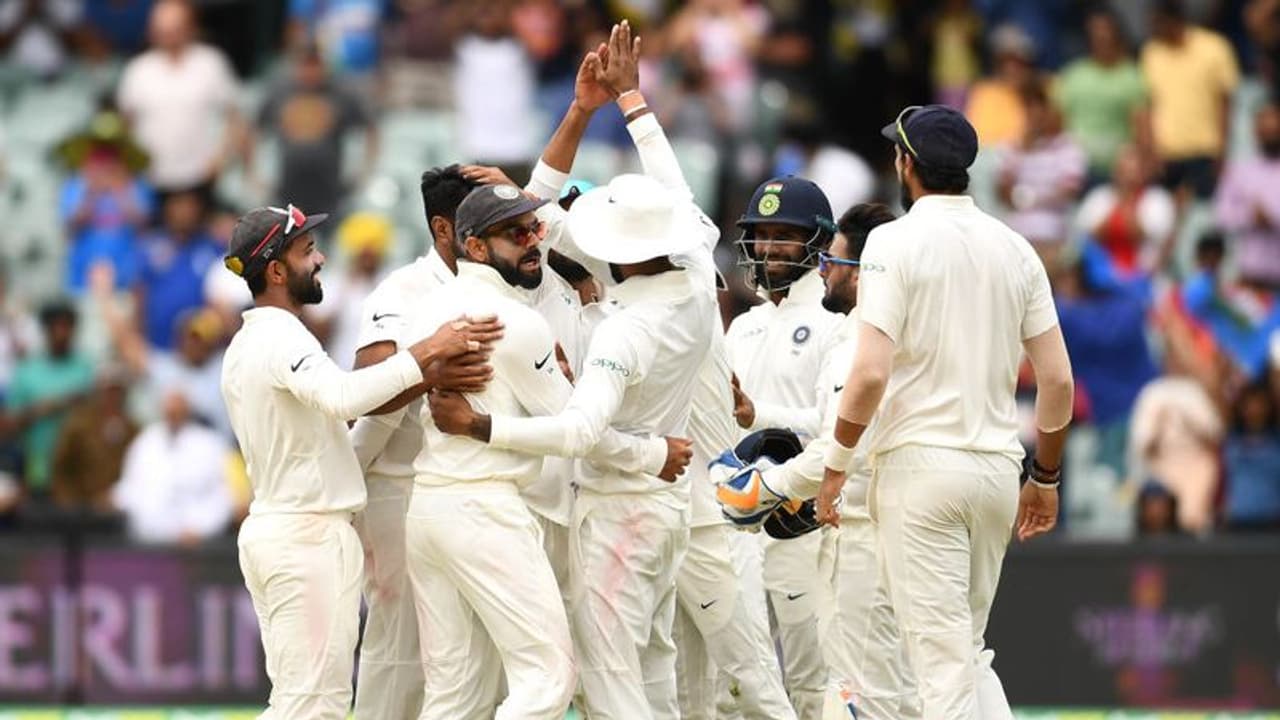The Australian batsmen showed a better application in the final innings as they hung in against a potent Indian attack. It was a close contest and India eked out a 31-run win to take a 1-0 lead in the Border-Gavaskar Trophy. Here are five major reasons for India’s triumph in Adelaide
Adelaide: Before the start of the four-Test series between India and Australia, Virat Kohli and his men were billed as the favourites. And, they have lived up to that, by claiming a historic 31-run run in the opening contest in Adelaide on Monday.
December 6 marked the beginning of the Test at the Adelaide Oval. It was India's best chance to win a series Down Under against a weakened Australian side.
After winning the toss, Kohli chose to bat first but India’s top order disappointed with four wickets lost in the first session. It was Cheteshwar Pujara who stood like a rock at the crease and waged a lone battle against the Australian bowlers. His gritty 123 helped India to 250.
Then, Indian bowlers came to the party and restricted the fragile Australian batting line-up to 235, enabling their side to take a slender 15-run lead.
The first innings was almost cancelled out.
The second innings shoot-out started well with a superb start by the Indian openers KL Rahul and Murali Vijay and Pujara, once again top-scored with 71 to set the hosts a record-chase of 323.
The Australian batsmen showed a better application in the final innings as they hung in against a potent Indian attack. It was a close contest and India eked out a 31-run win to take a 1-0 lead in the Border-Gavaskar Trophy.
Here are five major reasons for India’s triumph in Adelaide
1. The indispensable Cheteshwar Pujara

Ever since the retirement of the legendary Rahul Dravid, Pujara, at No 3, holds a healthy record in the sub-continent. However, his recent outings in away tours have made him look a better batsman. He has been rock-solid and a typical Test player, than ever on an overseas trip. Pujara has been the saviour on more than one occasion and his runs have always played a major part in India’s Test wins this year. He fought a lone battle in the first innings in Adelaide while others failed terribly. He registered his maiden ton in Australia as he stood tall to negate the hosts’ bowling attack. India’s reliable No 3 even contributed a crucial half ton in the second innings. Rightly, he won the Man-of-the-match award.
2. R Ashwin’s crucial wickets

On his third tour Down Under, Ashwin was confident before the start of the Test series and was determined to make amends for his past failures in this part of the world. The off-spinner had to do the bulk of the bowling with fast bowlers being rotated at the other end. He held one end tight to not only build pressure but also accounted for wickets at crucial junctures of the game. He bagged three wickets in the first innings and was India’s trump card in the second innings as he dismissed Aaron Finch and Usman Khawaja, causing early damage to the hosts. He wrapped up the match when he dismissed last man Josh Hazlewood for a historic triumph.
3. Relentless pressure from fast bowling trio
This year has seen Indian fast bowlers consistently excelling in overseas conditions. Ishant Sharma, Mohammed Shami and Jasprit Bumrah possess a lot of skill with the red ball. The seamers bowled in tandem with the utmost discipline to restrict Australia from attacking against their steady lines, and gained an upper hand in the Test in Adelaide. The trio shared 14 wickets in the match, making a major contribution to the win.
4. KL Rahul-Murali Vijay’s different strategy in second innings
After being dismissed cheaply in the first innings, both KL Rahul and Murali Vijay came out with a different strategy in the second essay. They mixed caution with aggression and raised a half century stand which laid a perfect platform for the rest of the batsmen. Rahul scored a fine 44 to get back amongst the runs and Vijay looked comfortable before edging one to the slips on 18.
5. Indecisive shot selection by Australian batsmen
Despite playing on their home ground, the Aussies were caught off guard by India’s relentless pressure. Their best batsman, Usman Khawaja, who should have led by example, failed to show any intent. Travis Head (72) and Shaun Marsh (60) were the ones who played better in first and second innings respectively. Even though the lower order did contribute in the 323-run chase, the Indian bowlers proved too good for them.
